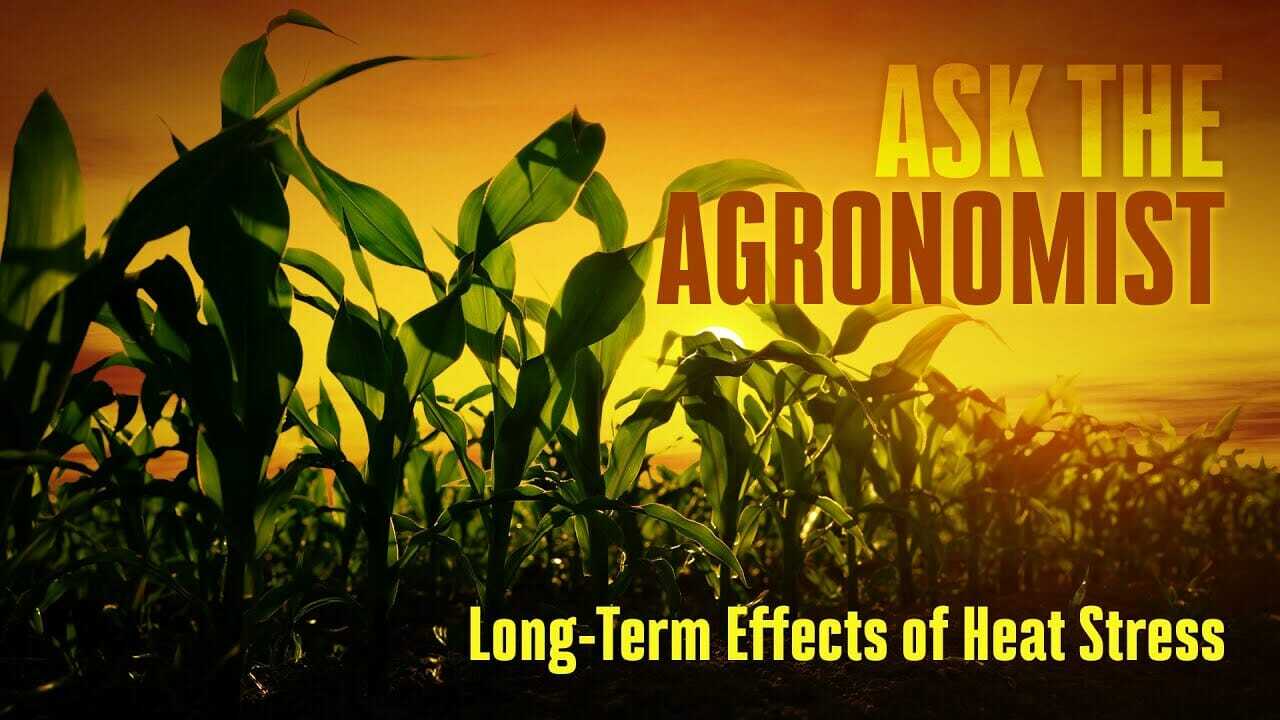Which yield factor has the most bearing on final yield: kernel round, ear length or test weight? Precision Agronomist Phil Long and Intern Kirsten Suntken do the math in this segment of #AskTheAgronomist.
-
Latham Hi‑Tech Seeds
#AskTheAgronomist: Which Yield Factor is Most Important?

-
Latham Hi‑Tech Seeds
#AskTheAgronomist: Corn Rootworm Pressure Now and Into the Future

Corn rootworm pressure has been steadily increasing over the past few years across the Midwest. Precision Agronomy Advisor Phil Long discusses how to identify and gauge pest pressure in your fields and plan for the future.
-
Latham Hi‑Tech Seeds
Finding the Right Products for Your Farm
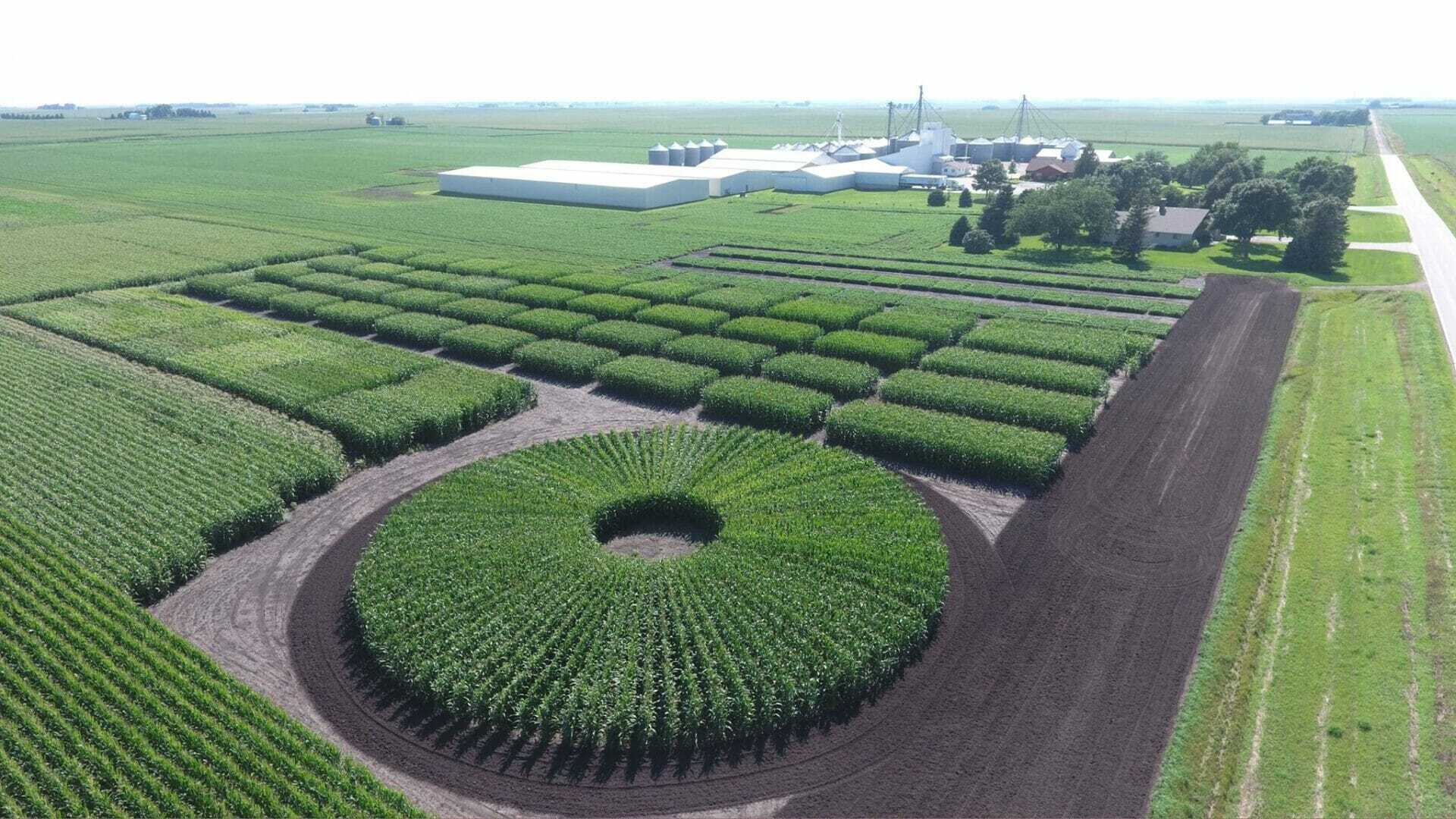
At Latham Hi‑Tech Seeds, we take pride in our ability to identify the best corn hybrids and soybean varieties to match our customers’ needs. We take time to listen to our sales team, which includes our dealers, talk about the needs of farmers across Latham Country. Their information about desired characteristics helps direct our research and testing efforts.
The journey to finding new products begins with our robust collaborative access to germplasm. Latham’s Product Team works in conjunction with many germplasm sources, including our own, to fuel our search to find the best products for the specific geographic regions we serve. We also have great relationships with trait providers to bring needed traits into our products. After we either find or create the desired genetic combinations, we move into the evaluation stage of our process.
Our Elite Trial program continues to grow with additional test locations across our sales footprint. We are testing in every corner of Latham Country. This means that we test products where they would be sold, which allows us to find unique niche products that excel in a local environment.
To help position products to fulfill our needs assessment, our regional sales managers (RSMs) get an early look at the products we’re considering for our lineup. Having “in-trial” conversations about products with our sales team is a tremendous benefit to Latham’s Product Teams. In addition, conversations about products in trials helps builds confidence with our sales team to position products. We have consolidated both our corn and soybean evaluation processes into one Elite Trial system, which allows our product teams to assess data more easily.
Once we identify products from the Elite Trials that meet Latham Hi‑Tech Seeds’ standards and fulfill our customers’ needs, we release them for sale. We also place these new products in our Latham Showcase plots, as well as in the independent F.I.R.S.T. Trials program, to once again showcase the performance of these new products and to provide opportunities for our customers to gain confidence in their performance.
Latham’s track record of performance in our Showcase plots and F.I.R.S.T. Trials proves the system we have built works! Our process of beginning with a large diverse pool of genetics; testing potential new products thoroughly in all parts of our footprint; and proving our performance in our final stages of Latham Showcase and F.I.R.S.T. Trial plots complete our journey in finding outstanding products.
I’m so excited about the products we’re testing this summer and look forward to talking about them in more detail at our upcoming field days. Watch your mail and social media for more details coming soon!
-
Latham Hi‑Tech Seeds
Planting Depth Matters
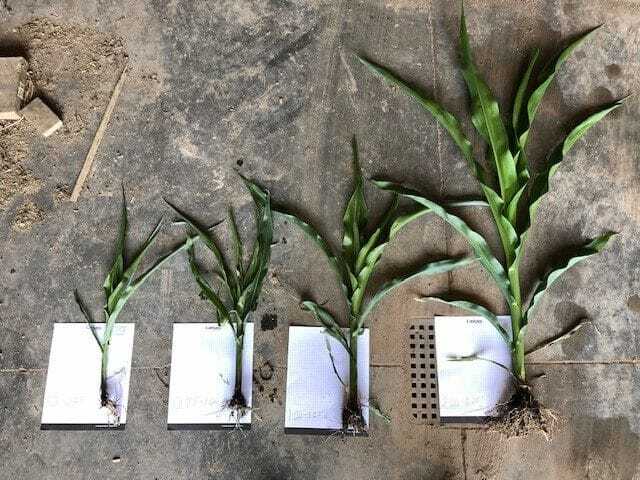
The below is a look at an on-farm planting depth study conducted by our sales representative from southeast Iowa. Photos were taken in the same field, the same location, planted the same day with the same hybrid. The only variation between each is planting depth. The hybrid shown is LH 6477 VT2 PRO planted on May 12 and the photos are from the last week of June.
Planting depths are as follows:
- On top of the ground to ¼-inch planting depth
- ¾ to 1-inch planting depth
- 1 to 1 ¼-inch planting depth
- 2 to 2 ¼-inch planting depth
Those planted at optimal depth have much better nodal roots and root mass to anchor that plant into the rapid growth stages we’re observing now.

Comparison of planting depth using hybrid LH 6477 VT2 PRO planted May 12 at the same field and location. 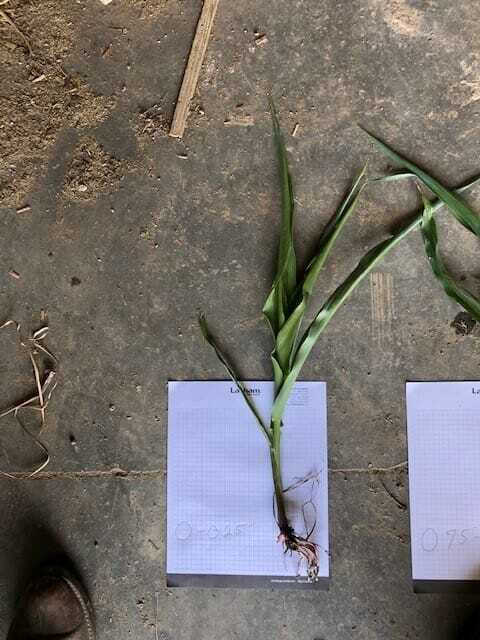
On top of the ground to ¼-inch planting depth 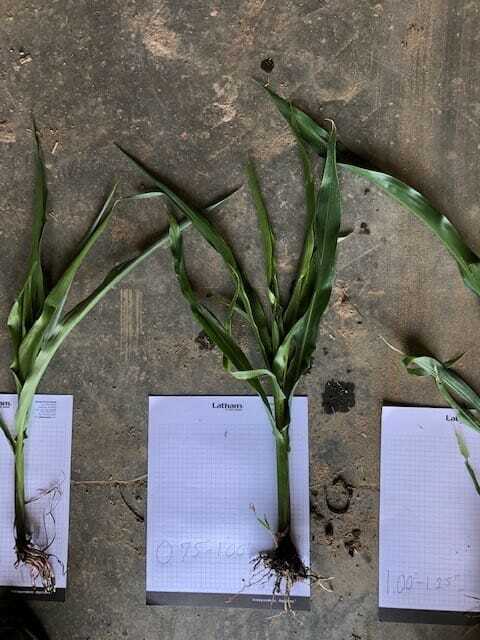
¾ to 1-inch planting depth 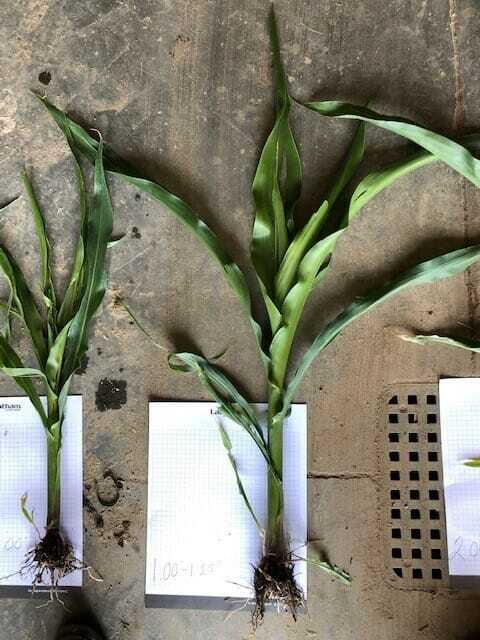
1 to 1 ¼-inch planting depth 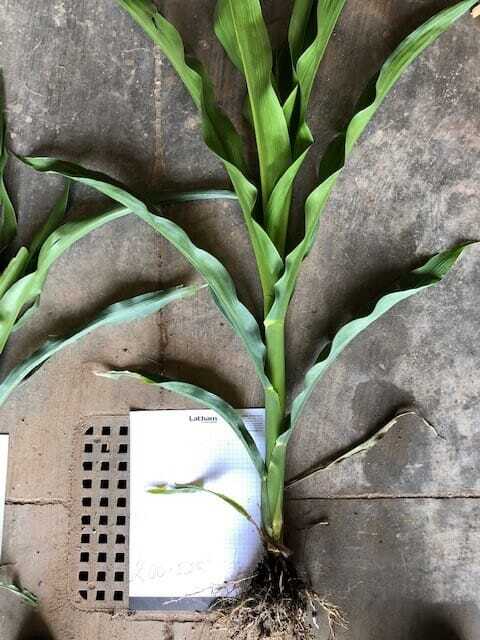
2 to 2 ¼-inch planting depth -
Latham Hi‑Tech Seeds
#AskTheAgronomist: Pollination and Silk Growth, Part 2

In Part 2 of this series on pollination and silk growth, Latham’s Pre-Commercial Product Manager Bob Foley further explains how the silk to pollen interaction translates into final yield. Watch Part 1 of the series here.
-
Latham Hi‑Tech Seeds
#AskTheAgronomist: Pollination and Silk Growth, Part 1

Latham Pre-Commercial Manager Bob Foley explains silking and pollen growth with a look at development over a multiday time frame. Knowing the stages of growth can help you understand how various stressors affect your crop. Watch Part 2 of the series here.
-
Latham Hi‑Tech Seeds
#AskTheAgronomist: Fungicide Considerations in Dry Weather

To apply fungicide or not to apply fungicide? This question is on the minds of many growers as we continue through a relatively dry growing season. Precision Agronomist Phil Long discusses the pros and cons of fungicide in both corn and soybeans.
-
Latham Hi‑Tech Seeds
Walk Fields for a Better Bottomline
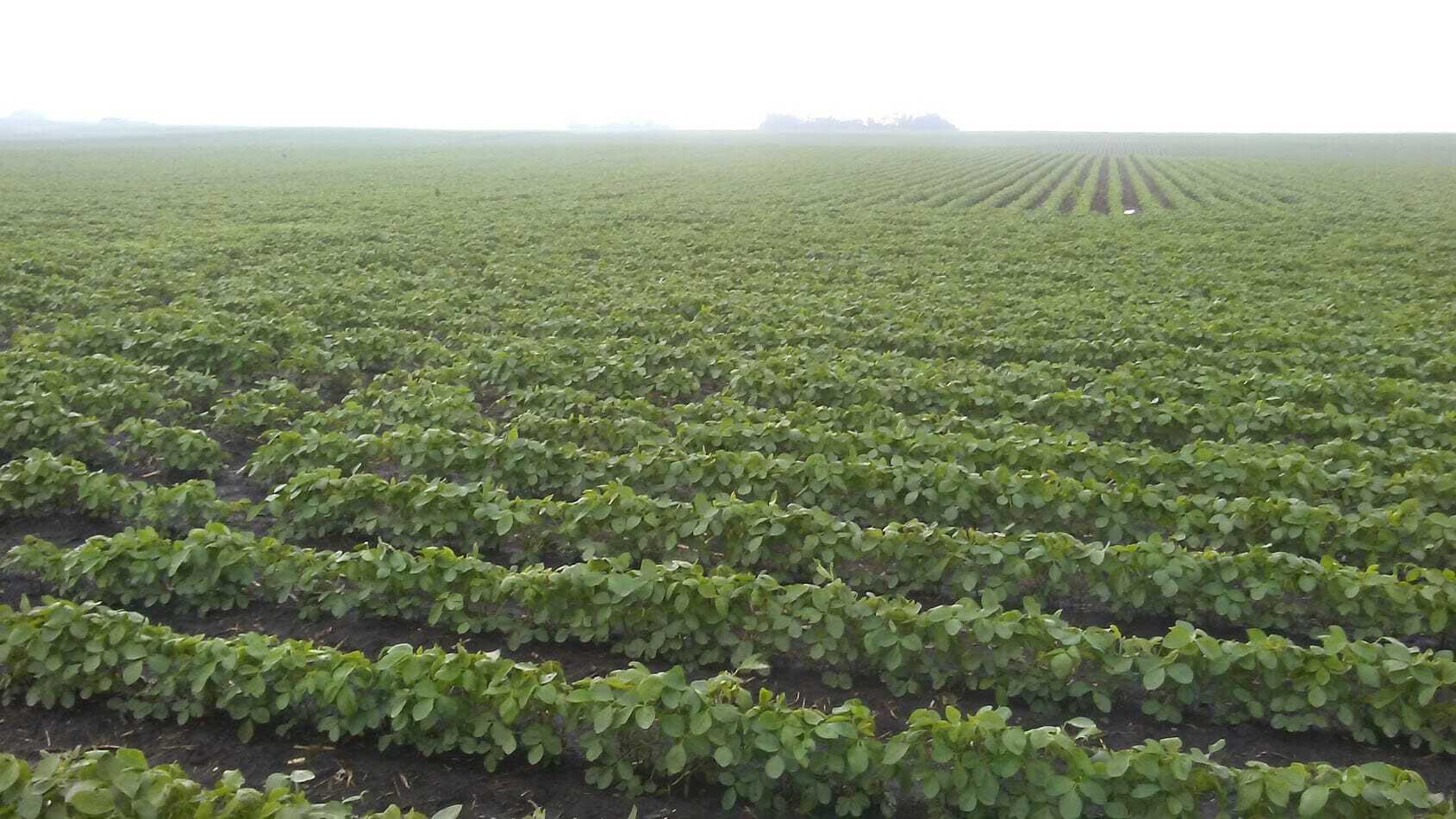
The 55 mile-per-hour drive-by is one of the most common ways farmers check how crops are doing, but there are some things you just can’t see from the pickup. It really can pay to walk through fields.
Call your Latham® Dealer and ask him or her to walk through your Latham products. That way you can both monitor how the products are doing. You can note whether you need to adjust which products are planted on each field next year.
Crop Health and Uniformity
Corn: Uniform stand and growth stage are more important than seeing dark green seedlings. There is a direct relationship between the amount of productive leaf area and yield. How healthy are the plants in general? How many leaves does a plant have compared to its neighboring plants? Leaves are the factory that produces the ear, so you want leaves to stay green and unimpeded by insects or diseases, which decrease the leaves production. Take stand counts and compare those counts to the counts you get when you walk fields in August for yield estimates.
Soybeans: Soybean yield is all about the August rains and potential pods. What is there to see now? The row should be closed by R1 (beginning flower) or as close to it as possible. The second most important thing to evaluate in June is how many nodes it has before R1. Our soybeans are all indeterminate, which means they keep putting on more nodes after R1. Your goal is for soybeans to produce as many nodes as possible, so you get as many pods as possible. Early planted soybeans should show more nodes than fields planted later.
Early Season Stressors
Corn: Be sure to bring a shovel. Dig some plants up and evaluate whether the nodal root system is developing well, or whether it has hit any compaction or shows signs of insect feeding. By this time, Corn Rootworm larvae are getting started. Although you won’t see the full extent of their damage, which is closer to pollination, this is still a great time to compare different corn traits and potentially in-furrow insecticide treatment. If your roots aren’t healthy, the plant won’t yield to its full potential regardless how green it looks on top. Note foliar diseases like Anthracnose or insect damage because you will want to follow up on those areas closer to pollination.
Soybeans: The shovel should go into the soybean field, too. Dig some plants and evaluate what the roots look like. Brush off the soil, and use your knife to split some of the nodules. You should see some that are red (producing nitrogen) and some that are green (getting ready to produce nitrogen). The lateral roots off the main taproot should reach across 30-inch rows by now. Although they are very small, Soybean Cyst Nematodes should be a focus at this point in the season. They are often confused with nutrient deficiencies, so take a deeper look. Wash some roots or send some samples to your land grant university because SCN can rob 20% of your yield without you even knowing it. Planting the right genetics protects yield.
Remember: Green above ground and white below ground or inside the stem means the plant is healthy. Use the Data Forward App or another tool to record specific areas of a field, so you can come back to those spots later in the season and again the following year. Noting trends from season to season will guide you into better management. Field-by-field planning leads to higher profits.
-
Latham Hi‑Tech Seeds
Take Crop Notes to Guide Fall Decisions
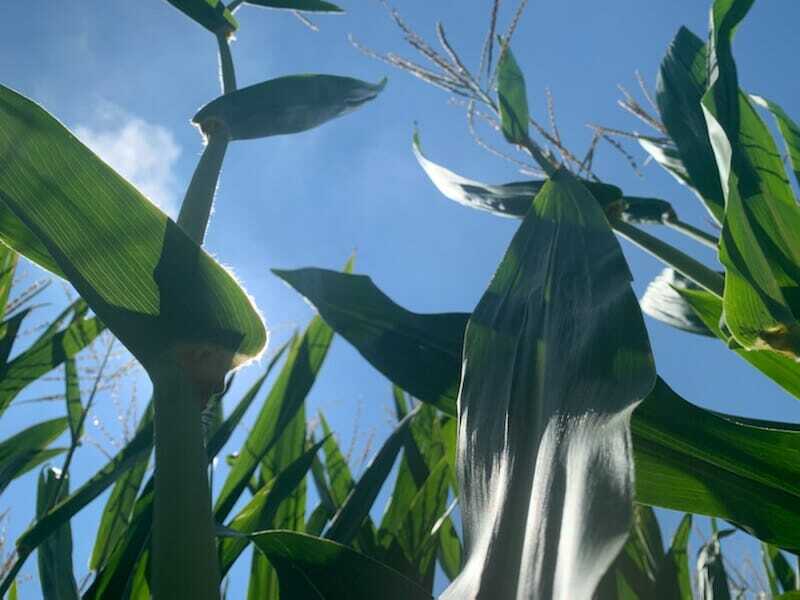
Gain some great insights on what to expect this fall with good observations this spring. These observations, when detailed for each field, also provide an excellent long-term understanding of each field’s potential.
Keeping good records will help you repeat positive, productive activities in future years. Below are a few areas you might note when making field observations:
Emergence and Plant Stand Uniformity. Review all your corn fields for emergence. Score them for uniformity, using a 1 to 5 scale. Latham’s Data Forward app makes it easy to track areas of the field with delayed or uneven emergence. Areas of delayed emergence may translate into delayed maturity, resulting in variable moisture content at harvest time. Pay attention to what caused the uneven emergence.
Make notes about what you could do differently the next time you plant corn in this field. For example, did delayed emergence occur in areas with excess residue? What can you do to minimize residue accumulation in those areas? What can you do better to clear trash in your planting pass?
Fertility Issues. Look for deficiency symptoms across your fields. You can focus on those areas that traditionally hold excess moisture, but I recommend thoroughly assessing the entire field. For example, phosphorus and potassium deficiency can translate into weak stalks come fall. Rate your fields and mark trouble spots in your Data Forward app, so you can locate troubled areas this fall and plan your harvest schedule accordingly. Long-term, fertility assessments can aid you in your annual fertilization planning. Should you take soil tests in a smaller grid pattern? Do you need to take soil tests more frequently?
Weed Management. Scouting for escaped weeds from your herbicide applications can provide some very good insight on crop performance in those areas this fall. Weeds use a great deal of moisture and fertility, causing stress on the crop. Heavy infestation in weed escape areas will cause significant yield reductions. Note these areas and follow those areas through harvest to better understand the impact weed pressure had on yield. For future years, you can work with your weed management advisor to minimize weed escape areas.
If you need a great tool to help you with this, Latham’s Data Forward app can aid you in managing the information and observations you make. Making good observations during the season will help you better understand your harvest data. Field observations are a great way to learn best practices for each field that you plant to corn.
-
Latham Hi‑Tech Seeds
#AskTheAgronomist: Long-Term Effects of Heat Stress in Corn
